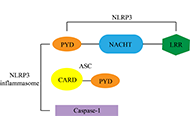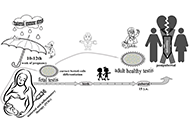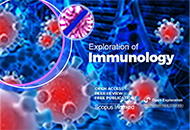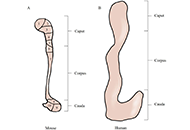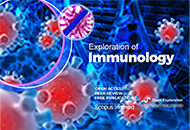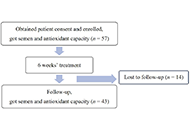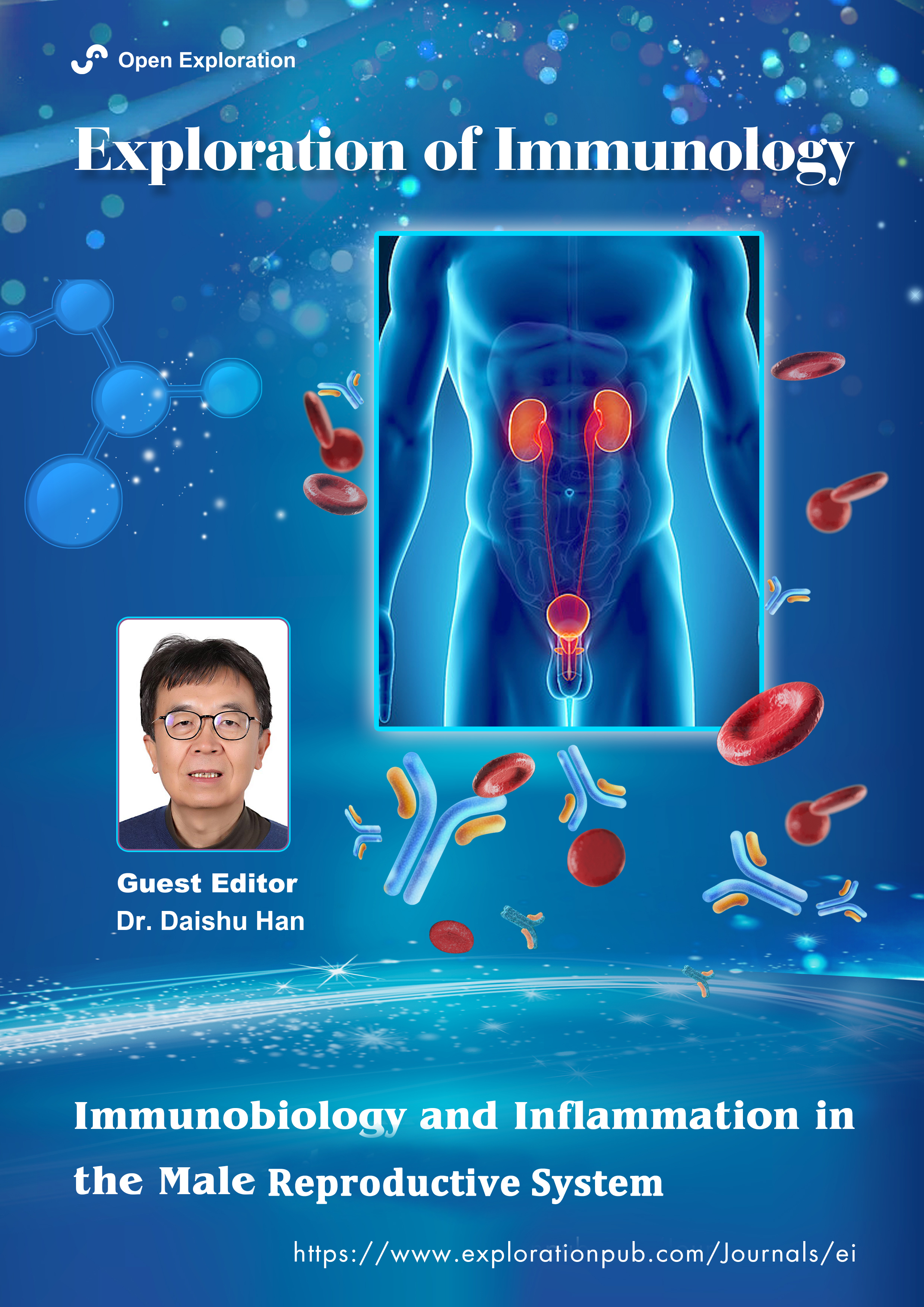
Immunobiology and Inflammation in the Male Reproductive System
Guest Editor
Dr. Daishu Han E-Mail
Professor, Department of Cell Biology, Institute of Basic Medical Sciences, Chinese Academy of Medical Sciences & Peking Union Medical College, Beijing, China
Research Keywords: Microbial infection, inflammation, male genital tracts, male fertility
About the Special lssue
The mammalian male reproductive system (MRS) is relatively isolated from other body systems due to its anatomical localization and highly organized microenvironment. The MRS consists of several major organs with considerable variations in their functions and structures, including genital glands (testis and epididymis), accessory sex glands (seminal vesicle, prostate, and bulbourethral glands), and the penis. These organs are connected by various interlinked genital ducts, including the vas deferens, ejaculatory ducts, and urethra.
The main function of the MRS is the maintenance of male fertility, which requires the orchestration of different organs possessing specialized microenvironments to perform their respective functions. Remarkably, the MRS adopts unique immunological environments to protect immunogenic male germ cells from autoimmune responses and to provide local innate defense against microbial infections. The testis is a typical immune-privileged organ essential for germ cell development. However, a broad spectrum of viruses exhibits tropism for the testis, escaping systemic immune surveillance by exploiting the testicular immune-privileged status. Moreover, numerous microbial pathogens—including bacteria, viruses, mycoplasma, chlamydia, and parasites—can infect the MRS. To counteract these invading microorganisms, the MRS is well equipped with a local innate defense system. The mechanisms underlying immune privilege and local innate defense are of particular interest.
Although the MRS establishes elaborate immune environments to avoid autoimmune responses and resist microbial infections, infectious and autoimmune inflammations frequently occur in this system and may severely impair male fertility and quality of life. The pathogenesis of inflammation in individual organs of the MRS—particularly the testis, epididymis, seminal vesicle, and prostate—is closely associated with their anatomical structure, immune environment, and the nature of immunogenic pathogens. The mechanisms underlying inflammation in the MRS remain largely unclear, which hampers effective prevention and treatment. Further basic research in this field is needed to support the development of preventive and therapeutic strategies.
This Special Issue aims to highlight current understanding of immune microenvironments, inflammatory diseases, and therapeutic approaches in the MRS. Both review and original research articles in these areas are welcome.
Keywords: Mammalian male reproductive system, inflammatory, immune microenvironments, therapeutic approaches
Published Articles
